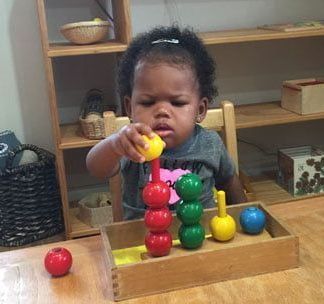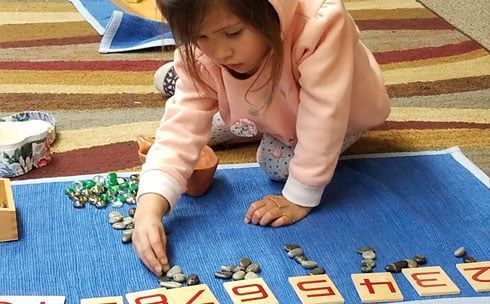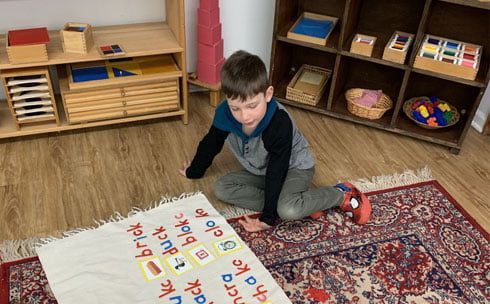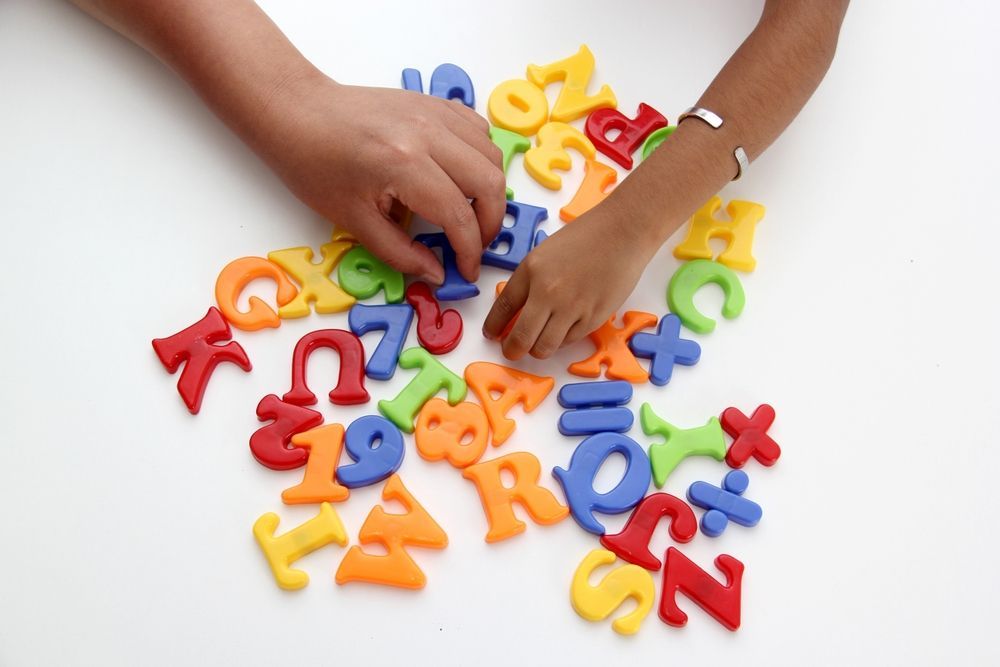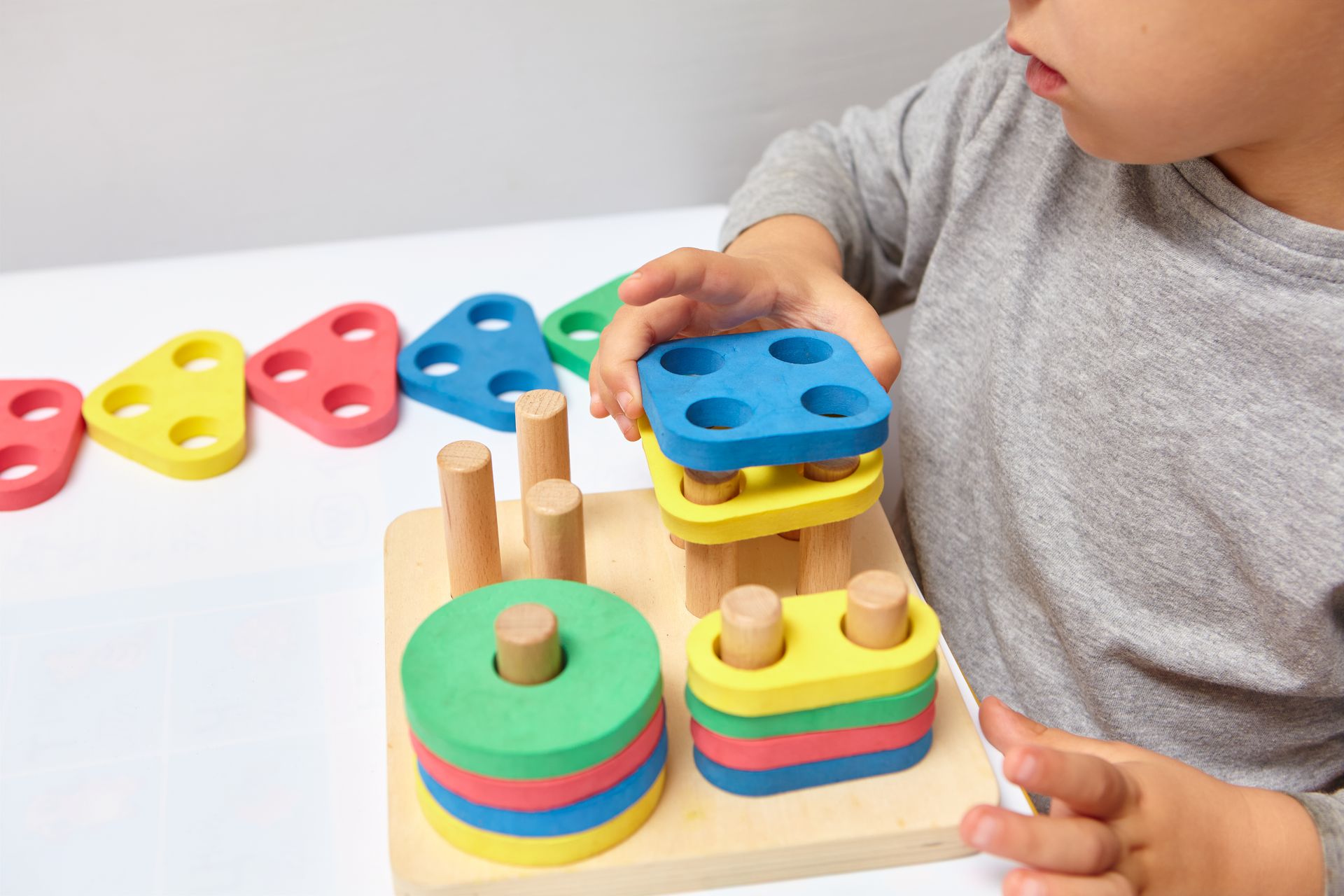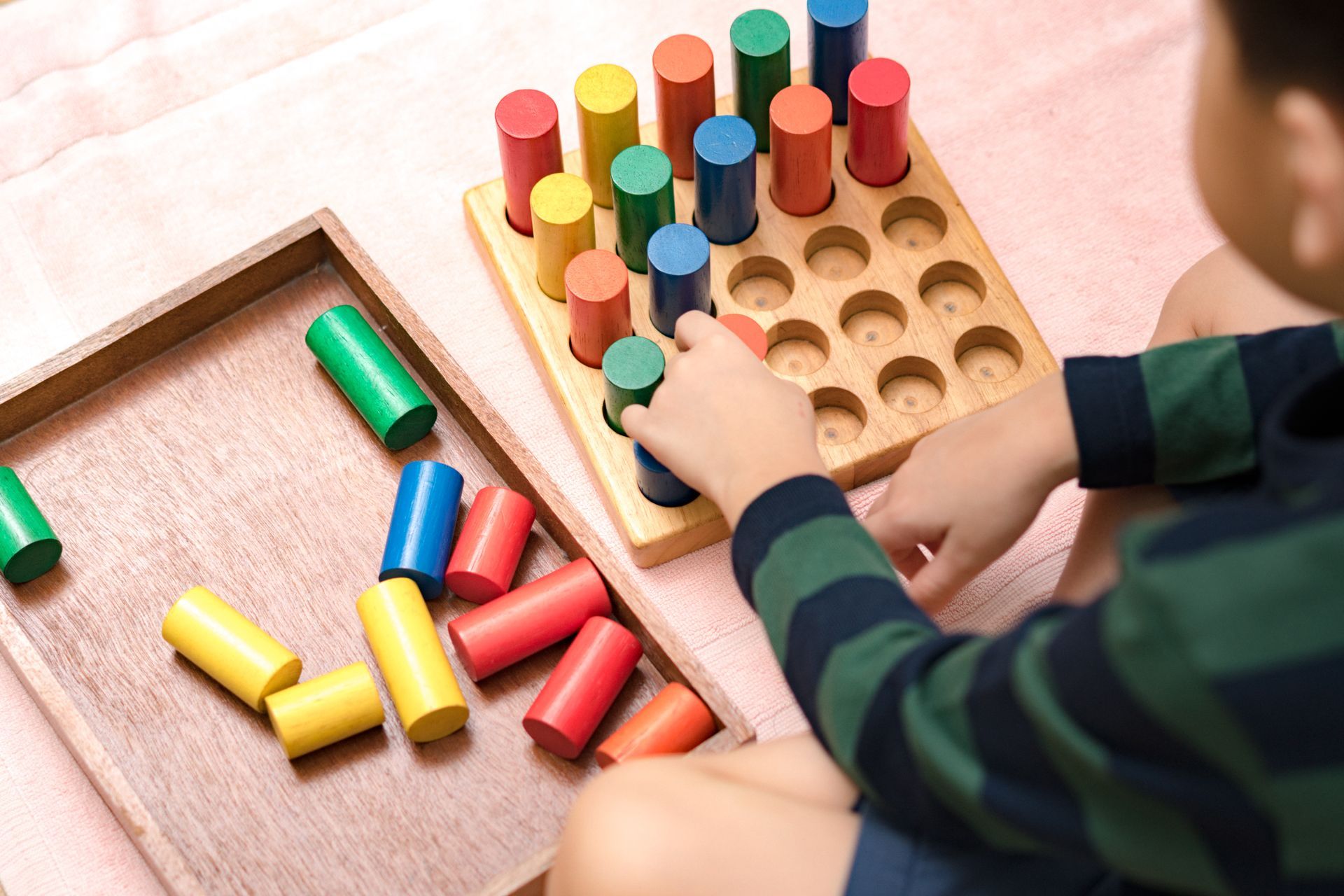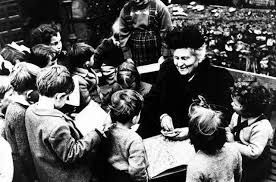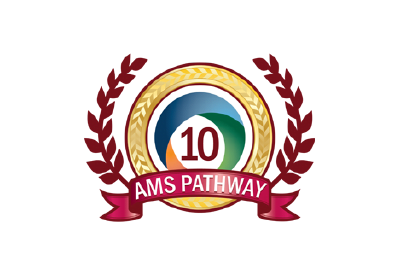Complete Montessori Preschool Checklist for Parents
Share this Article:
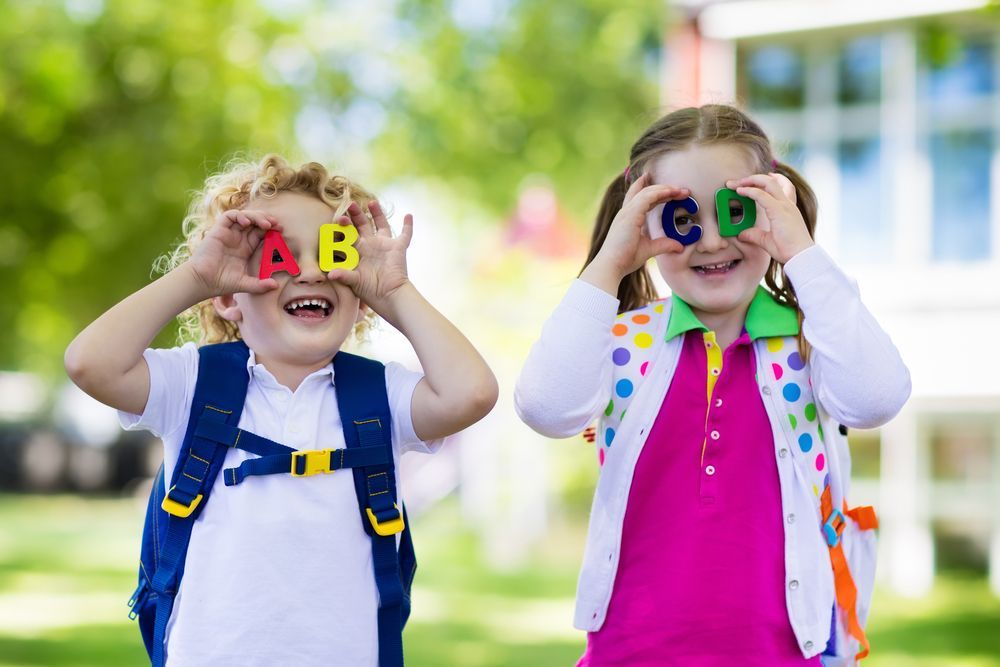
Is your child the right age to start preschool ? If so, then it’s time to find the right one. This preschool checklist for parents will help both you and your child get the right start.
Choosing a Preschool
Before you can get your child ready for preschool, you must pick one. You can start researching preschool when your child is just a toddler to determine the right choice for them in the future. Determine what style of preschool best fits your goals. Do you want your child to have play-based preschool, academically rigorous preschool, or a setting that models real life, but with plenty of fun, like Montessori . Tour different schools to see how the daily structure plays out so you can determine what you’re most comfortable with.
As you explore the various options in your area, watch for these factors:
- Engaged and excited students
- Location near your home or work
- Age ranges they cover
- Curriculum or learning model
- Learning activities
- Staff credentials
- Overall ratings and reviews
In-person visits and online exploration of these features will help you find the best possible preschool for your family.

Application Process
Reach out to the school to learn about their admissions policies. Fill out the application, and provide any required medical records. Some of the top preschools will have waiting lists, so get your application in early to ensure you get a spot at the school of your choice.
Communication with Preschool Staff and Teachers
Once you have been accepted into the school, start communicating with the staff and teachers. You will want a balanced approach here, because teachers are busy people. They may not have time to answer every question you have about what to expect from preschool. However, if you can build positive communication early, it will make the transition to preschool easier for you and your little one.
Consider sending a “hello” email or note, providing your contact information, and expressing your excitement about the preschool experience. You can ask the best person to contact with questions that you have as you prepare. If you get any emails or notes from the teacher and staff, answer them quickly and pleasantly to start the communication off on the right foot.
Getting Your Child Prepared
Going to preschool can be hard for your child, especially if they haven’t been out of your care very often. It is a very healthy decision to send your child to preschool, and it will give them a great start to their education, but there are some actions you can take to make both of you feel more prepared.
Start by getting your child familiar with the place and the people. If they feel comfortable with the faces they’ll see on their first day, it will go more smoothly. Use picture books and positive conversation to help your preschooler develop a positive attitude about school. Show excitement on your part so they will build excitement too.
At home, work on building some self-regulation skills. Help your child learn how to wait for what they want or to use their words to communicate their needs. Being able to understand and process their emotions will also help them when they transition to school.
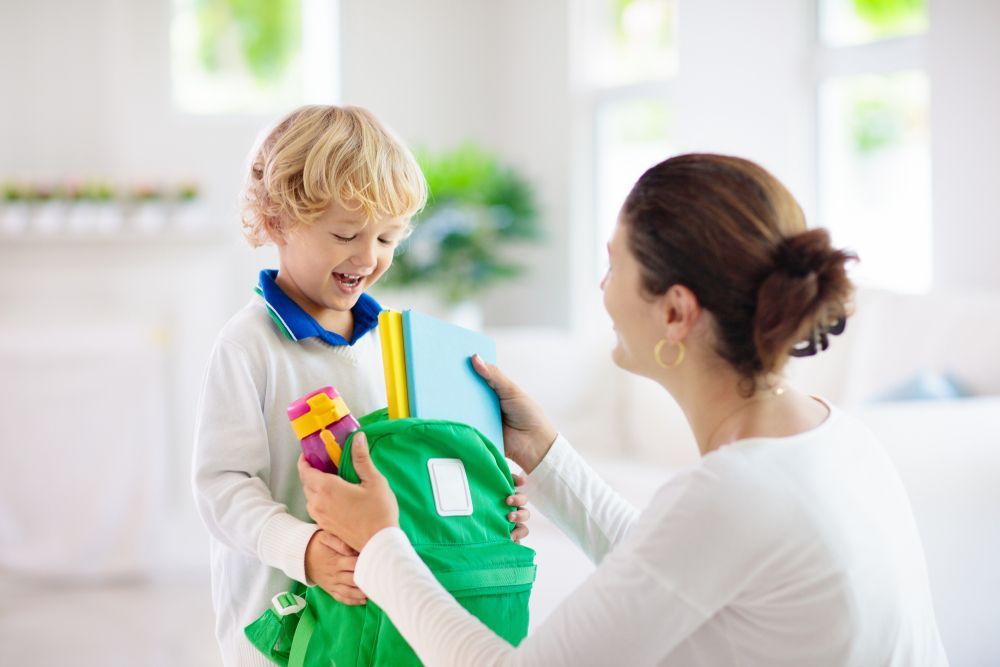
Supplies Your Child Should Have
The school supplies needed for preschool will be specific to each school. Some schools provide most of the supplies, while others ask the parents to get things like crayons or markers to supply for their child. Most preschools will ask for these items:
- A change of clothing for accidents, or diapers for children who are potty training
- Any special blanket or lovie that will help your child at school
- Winter clothing for outdoor play
- Paint shirt or apron
- Sunscreen
- Nap time essentials
In addition, you will want to plan to pack a lunch for your child, and consider sending a water bottle. Finally, choose a backpack your child can use to bring items back and forth from school.
Health and Safety
If you’ve done your homework, you should be confident in the safety of the preschool you’ve chosen. However, you will want to do a few extra things to help your child stay healthy and safe.
First, teach your child about proper hygiene. They should know how to wash their hands or safely use hand sanitizer. If they aren’t old enough to do this independently, then make sure the staff is helping them wash hands.
Have your child visit the doctor for a checkup before starting preschool. The school may require a medical form listing allergies, vaccinations, and medications. If your child isn’t fully vaccinated, talk to the school about their policies and what forms you need to submit. This checkup will also give you the chance to discuss any concerns you have that might impact school, such as ADHD or other developmental concerns.
Finally, provide your child’s school with your emergency contact information, not just for you and your child’s other parent, but also for a trusted third person who can be a backup emergency contact. Keep these numbers updated as needed.
Have a Routine
One of the best ways to prepare your child for preschool is to start a routine, and stick with it. The first few days will be hard sometimes, but if you have a routine in place, they’ll quickly adjust. Make time in your routine for a healthy breakfast and a little bit of connection between you and your child, and you’ll see them embracing the day quickly.

Be Involved
Be as involved as possible in your child’s school. Talk to them about what they’re learning when they get home. Look over any projects or work they bring home. If there are opportunities to visit the classroom as a special book reader or to host a classroom party, do so. You’ll feel more connected, and your child will love having you there.
If you choose a Montessori preschool, discuss the skills they are practicing in the classroom with the teacher, and then allow them to practice at home, too. Life skills are vital at any age, and being involved in Montessori at school and at home will teach your child these important skills.
Schedule a Preschool Tour Today
If you are ready to start thinking about preschool, consider Mansio Montessori . We provide skilled teachers and an inviting learning environment that allows your child to discover their own abilities and to thrive. We are ready to partner with you to make your child’s transition to preschool a positive one.

